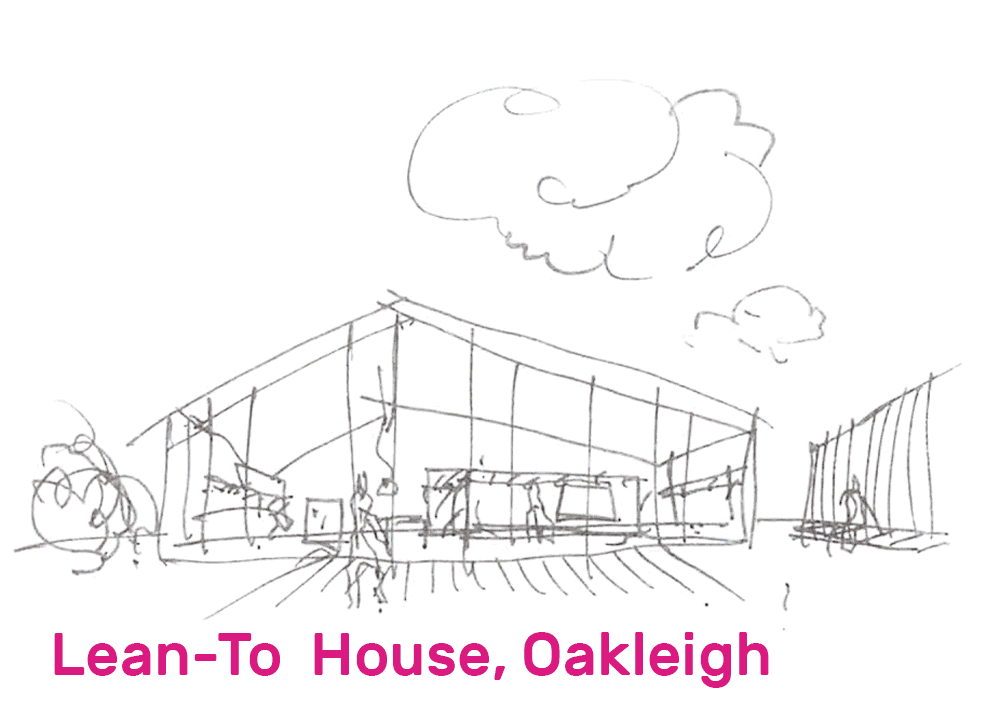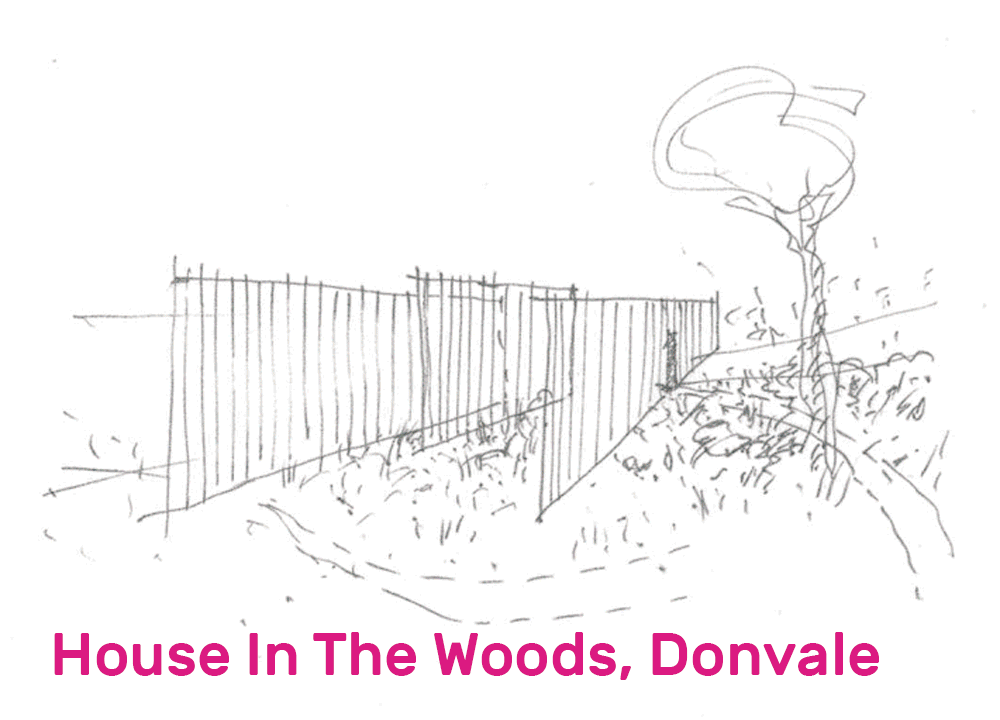Gran V Sustainability
My grandmother is the only person I have known who recycled her own glad wrap. On arriving in her kitchen, I was often met by her fridge replete with pieces of the precious commodity stuck to the door. Gran had carefully washed each piece and placed them on the door to dry, before placing them in a drawer to be re used. She was like this with many things.
Like many people of her generation nothing went to waste. Left overs from dinner were always set aside for re use. Scraps were placed in the compost to feed the vegetable patch. Socks were darned and clothes dutifully mended or hand made. The remnants of the porridge bowl were scraped out of the saucepan and placed onto the lawn for the birds to eat.
While gran was brazenly frugal, she was never stingy. On the contrary, she was one of the most naturally gregarious and generous people I have known. I loved being around her home.
So why am I sharing about my grandmother?
In considering the discourse over environmental issues, I have often wondered what my grandparents carbon footprint would be. The appliances at their disposal were generally less energy efficient than the ones available today, but they were fewer and much more sparingly used. While their house was not designed to passive design principals, their energy consumption was undoubtedly low: hot water bottles were favoured over using the heating in the winter evenings; recycling and re using materials was second nature to them; their furniture was mostly inherited or second hand; they only ever had one car and only once took an international flight.
My point is not to incite generational comparison but to look more holistically at how to best use, or re-use, our resources.
Within our office, we have tended away from the term “sustainable,” which implies meeting a baseline level, in favour of “resource efficient.” I recently heard a remark that you would be concerned if someone told you their marriage was “sustainable.” Our interest in resource efficiency has focused on what is actually being consumed and whether this is done in an efficient way. The following is a guide to elementary aspects of how buildings can best manage resource consumption.
The array of devices and their efficiency has been improving at a rapid rate, however this should never replace getting the basics of energy efficient design right in the first place. In residential design, the fundamentals are: Northern orientation; management of passive solar radiation to maximize sunlight in winter and minimize solar heat load in summer; highly insulated building envelopes across all surfaces (walls, floor, glazing & roof); thermal mass; a cross flow of natural ventilation; sealing of penetrations to the building envelope. When employed properly, these will create buildings with greatly reduced ongoing energy consumption. Contrary to some claims, these “basics” have largely been a mainstay of architectural education since the 1950s. To this list, I would add surface area to volume ratio for buildings constructed in temperate parts of Australia such as Victoria - which I will discuss in more depth later in this article. Another key variant to this equation, are commercial buildings when there is a density of daytime heat-producing inhabitants (human beings and equipment such as photocopiers and computers) that increase the internal heat load and skew the thermal environment to require more cooling. Commercial office buildings often reach parity with the outside air temperature at 15 degrees Celsius. If the outside temperatures rise above this, the building starts requiring cooling.
Basics over Devices
There can be an over-emphasis on devices as the means of reducing reliance on our fossil fuel consumption. While this may mitigate "dirty energy," getting the above fundamentals right will reduce the source of the demand in the first place. This is not to dismiss devices. The revolution in inexpensive photovoltaics (solar panels) is exciting and even more so with the advent of increasingly viable battery storage. I have been watching with a keen eye on developments in hydrogen storage technologies. The use of Mycelium fungus and sea weed for potential construction materials is fascinating and may prove to be revolutionary. Black and grey water treatment systems can be excellent, especially for institutional bodies with sufficient capital to properly implement large scale systems. We have found operable external sunshade devices such as automated blinds to be an excellent and cost-effective method of improving thermal performance by managing passive solar radiation.
Embodied Energy
Embodied energy is an area of consumption that has been receiving increased discussion, albeit far too late. Embodied energy takes into account the total energy that is consumed by a material across its life span: mining or harvesting; transportation; manufacturing; distribution; fabrication; construction or installation; maintenance or replacement; demolition and landfill or recycling.
For example, we often champion the use of timber as a material. It can be sustainably and locally sourced while capturing carbon through its growth cycle as photosynthesis converts carbon dioxide into oxygen. When the construction method of using timber is properly considered and maintained, timber can have very long life-spans. However, these benefits can be removed if the application is not thought through and the energy consumption consequently increases. For example, if stained timber is used as an external cladding above first floor level, this will likely require re staining approximately every 12 - 24 months. Contractors will need to drive to the site and expend their labour re-applying more stain that has been manufactured. Due to safety requirements, a working platform will need to be provided. This is compounded when applied on a North or West face where more intense UV exposure exacerbates the breakdown of the stain. All of this consumes resources and energy, increasing the embodied energy that the material consumes.
There have been numerous studies attempting to estimate the embodied energy over the life cycle of a material. The Australian government’s My Home webpage contains a reasonable synopsis including a table of materials and their respective embodied energy levels which you can read here. A consistent theme is that the more processed a material is, the more the embodied energy increases. For instance, the lowest embodied energy is for air dried hard wood timber which consumes 0.5 MJ/kg. This quadruples when same timber is kiln dried, consuming marginally more energy than concrete. Galvanised steel consumes 38 MJ/kg while plastics and synthetics are in the 80 - 110 MJ/kg range. Aluminium, which requires vast amounts of energy in smeltering is at the end of the chart at a whopping 170 MJ/kg.
However, recycling materials can skew the equation. While aluminium has the highest embodied energy, it is also one of the most efficient to recycle. Recycled aluminium has around 10% of the embodied energy of non recycled aluminium. We have consistently found that bricks are a building material that can be easily and reliable re used.
There can also be a trade off between the increased energy consumption associated with additional processing and the long term resource efficiency. For instance, many prefabricated products such as cross laminated timber (wall panels made up of layers of solid timber) or pre-cast concrete have higher embodied energy than more conventional forms of construction using the same raw materials. However, the pre fabrication results in dematerialisation: this enables better quantification and manufacturing that optimises material-use resulting in less material being used and less waste. The unit of material may have higher embodied energy, but the amount of material is less. In addition, any by-product tends to be more efficiently recycled compared to waste placed in skip bins on building sites.
Another example of beneficial processing is the treatment of materials to greatly increase longevity and life span. Among the products that our offices specify, is a lightweight plantation pine that is treated with vinegar or heat. This results in a highly moisture resistant, stable, lightweight and sustainably sourced timber with greater longevity and little or no on-going maintenance.
A further consideration in resource efficiency is how much material is used in consumption. Kiln dried softwood is used for framing internal walls and has relatively low embodied energy at 3.4 MJ/kg. However, it should be considered that the wall frame, typically 90x45mm studs at 600mm centres, consists of more than 90% air. By comparison, solid bricks have lower embodied energy at 2.5 MJ/kg (although the cement mortar is higher), however the same internal wall obviously requires 100% bricks for the wall construction.
One final point on embodied energy is the way the extent of energy is measured: some studies measure embodied energy in weight (MJ/kg) while others the measure it in volume (MJ/m³). These different units of measure should be taken into account. For instance, in analysing cross laminated timber (CLT), we have found that CLT has a little over double the embodied energy of concrete in a Mega Joule to weight comparison. This initially seems poor, however as concrete is over 4 times the weight per cubic metre, the CLT has around half the embodied energy of a comparative concrete system.
Sacred Cows
Having discussed principles of sustainable architecture, I would now like to question some sacred cows:
Densification
Australia is often noted as having one of the lowest population densities in the world. Accordingly, public policy often thinks in terms of limitless land availability and a subsequent adversity towards built up urban areas. However, there are very strong environmental arguments for living with increased density. By definition, compact living occupies less land which enables more land for rural uses and forest. In addition, building types such as apartments are usually significantly more resource-efficient than comparative detached housing. By placing dwellings against each other, fewer construction materials are used. Each dwelling is insulated by the adjoining dwelling, resulting in reduced ongoing resource-consumption required to heat and / or cool the apartment. This is not to say that increased density trumps the above mentioned “basics” of orientation, maximising passive solar radiation, insulation, thermal mass etc. Densification often troubles politicians and local governments, however it does provide many benefits.
Surface Area to Volume Ratio
Surface area to volume ratio is usually a point of interest in biology: plants that have high surface areas compared to their volume will incur greater transpiration. Conversely, plants in highly exposed and rugged environments tend to have low surface area to volume ratios to minimise exposure to the elements and transpiration. In our experience, the same logic applies to buildings, particularly in the temperate regions of Australia, such as Melbourne. Buildings with compact envelopes have less exposed surfaces for the same volume. The reduced amount of exposed surface area requires less construction while the reduced exposure to the elements better insulates the building. While complex building forms with multiple picturesque shapes may look great, they will increase resource consumption.
Less is More
A consistent theme that connects resource efficiency, densification and surface area to volume ratio is using less material to create more.
According to a study of Australian house prices between 1970-2003 (1), the floor area of new houses in Australia rose by 40 per cent (from 162 m2 to 227.3 m2 ) and the average floor area of other new dwellings rose by 35 per cent (from 99.2 m2 to 134 m2 ). At the same time, The Australian Institute of Family Studies indicate that household sizes have dropped from around 3.5 people per household in 1970 down to around 2.6 in 2000 (2). We are building more to house less occupants. We should be trying to so the opposite. Sadly, many government bodies and even the Institute of Architects have supported well intentioned policies which exacerbate this. Larger floor areas are cited as being “sustainable.” While poor internal layouts should always be avoided, we would suggest this thinking is simplistic. Why not rather purse innovative technologies and solutions that enhance natural light and flexible spatial solutions while building less? Incentives combined with creativity and innovation may well offer a better solution.
In the book "More From Less" the author Andrew McAfee demonstrates a fundamental change in the consumption of materials since 1970. Up until that point, the greatly increased output of commodities generated by the industrial revolution had produced vast benefits throughout society, but had also resulted in a dramatic increase in our material consumption. However, since 1970 this trend has entirely changed course for the better. A variety of economic, societal and technological changes have resulted in dematerialisation. Increased growth has consequently decoupled from increased consumption. The digital revolution is a major contributor to this change. Environmental awareness is another. The advances in construction and material technologies that I have described above are consequently advancing dematerialisation.
These changes are exciting. However, I remain grateful to my grandmother and her unwavering desire to make the best use of all her resources. I think she was on to something.

















